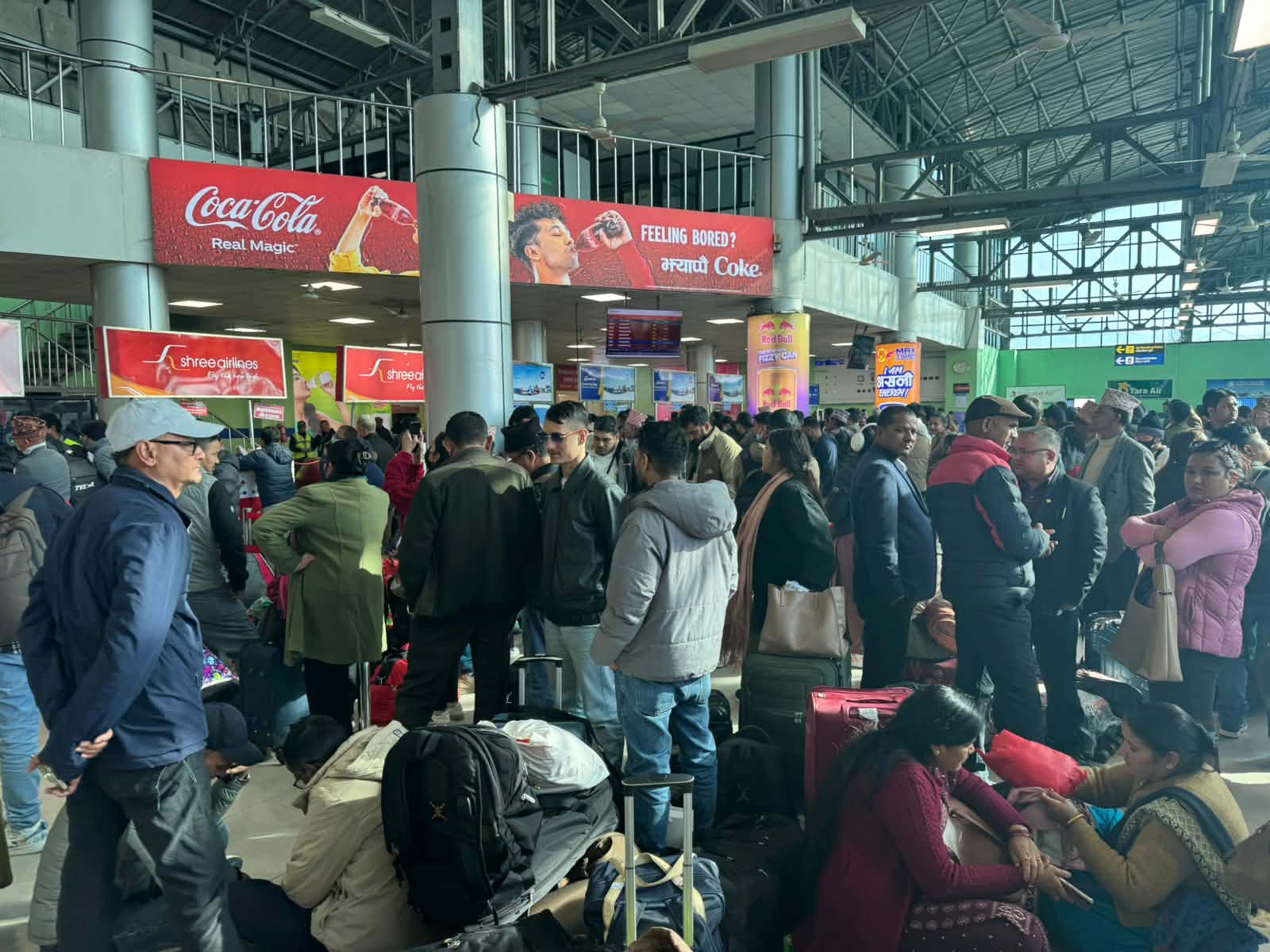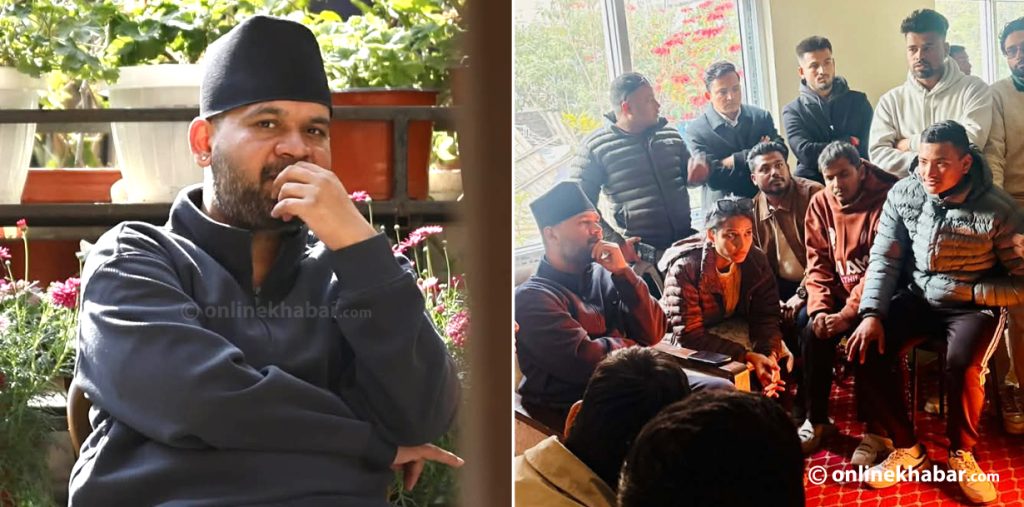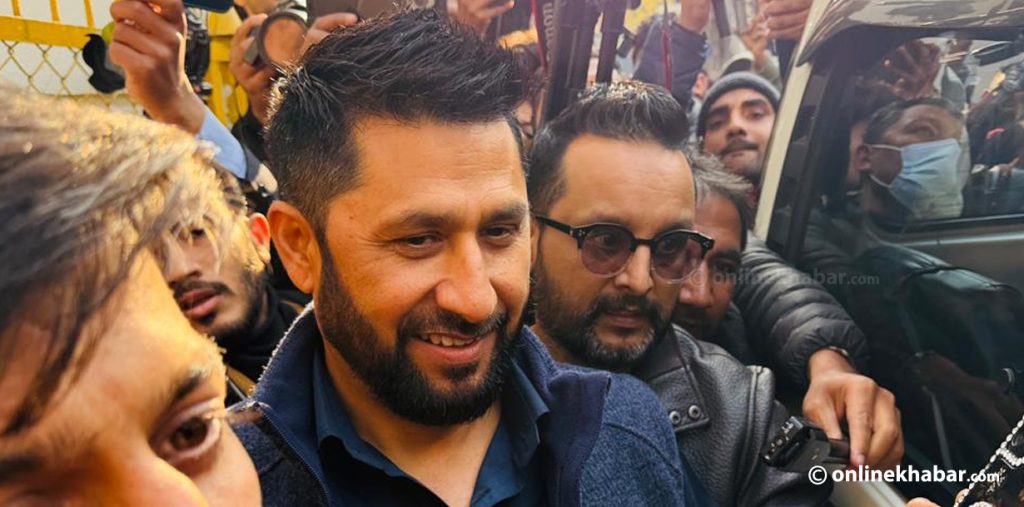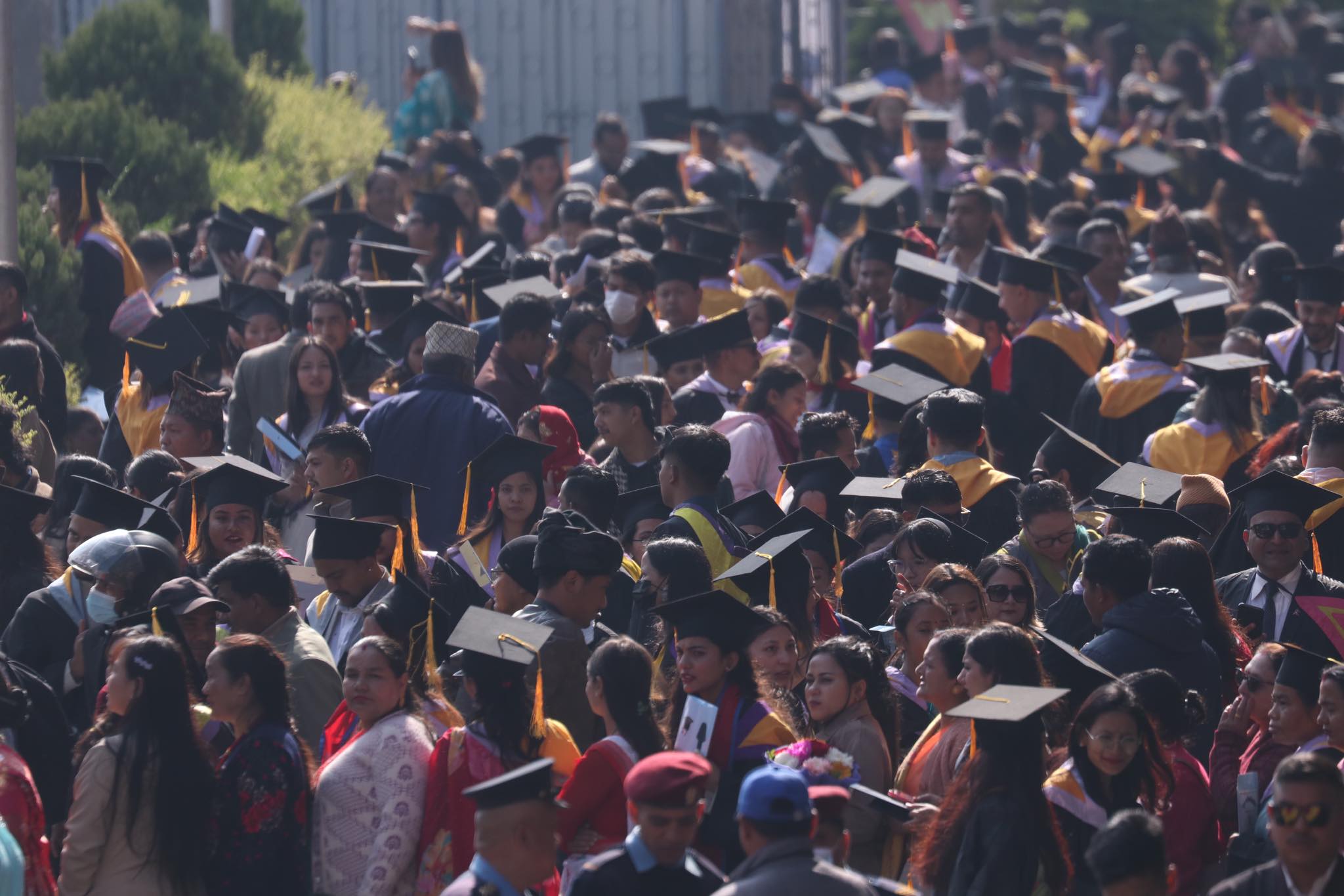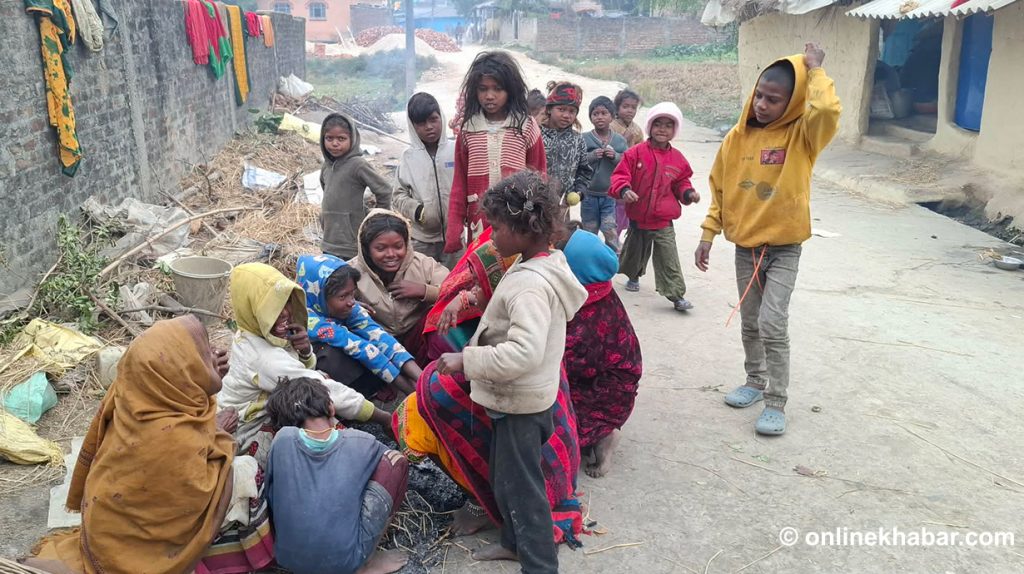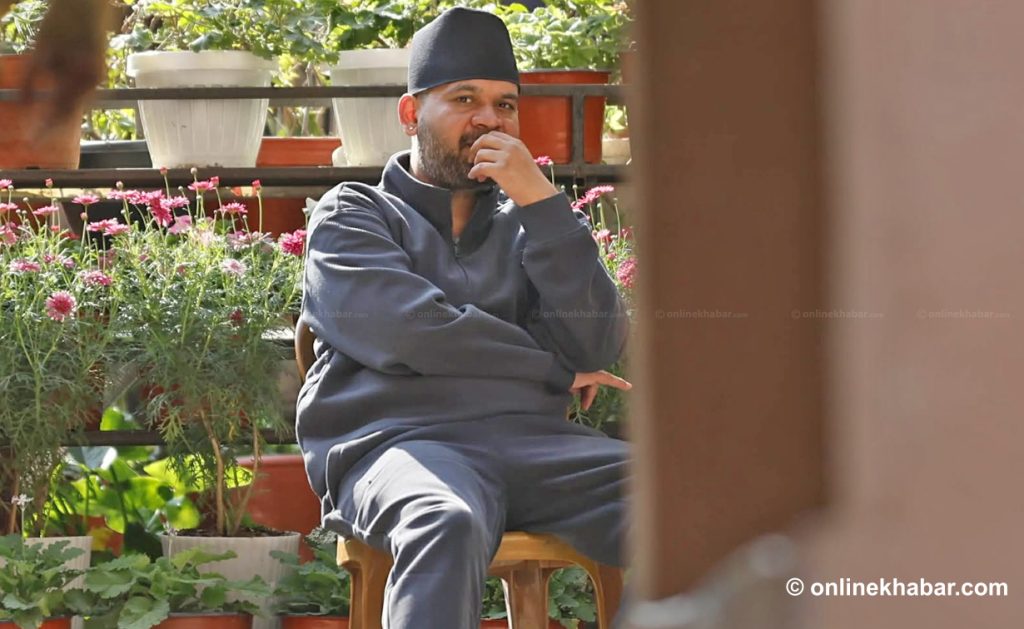
Growing up in a religious Brahmin family, I visited a lot of temples. Every Saturday, I’d set out with my parents and head to the shrines of which I had no idea about.
One of them was the Sankata shrine in Te Bahaa. Every time I asked my parents about the place, they told me not to bother them and play with the toy they bought for me.
It wasn’t until recently that I found out about Te Bahaa and the significance of the Sankata shrine. Since then I’ve been trying to visit new bahaas and learn about them and their history. But doing that has been incredibly difficult as most of these places don’t have any documentation.
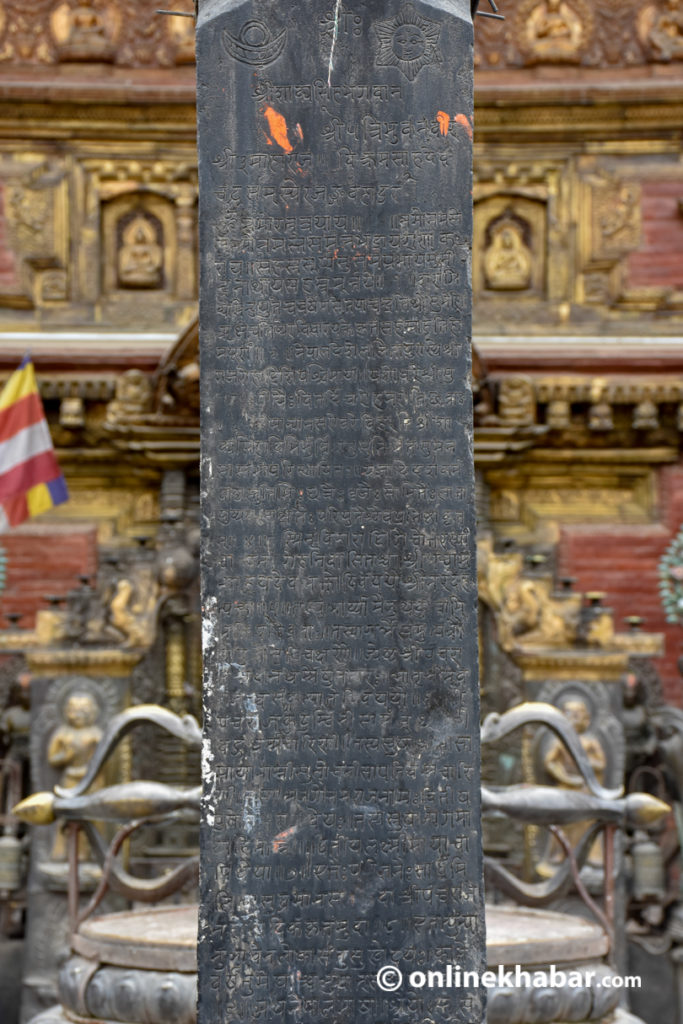
Almost all bahaas have centuries-old inscription but they are either in Sanskrit or in Nepal Bhasa. As I don’t know both, I asked help from Alok Tuladhar who has been actively pushing people to save the city’s heritage. He tells me how these inscriptions have everything we want to know.
“Everything is right here,” he continues, “from which clan built the bahaa to the deity kept in the shrine, all the information is available but no one is interested to learn about these places let alone visit them.”
And he’s right; many of us don’t even know what a bahaa is. “Everyone confuses it for a courtyard. But a courtyard is different from a bahaa,” he adds.
What is a bahaa?
The term bahaa in Newari comes from the Sanskrit term vihara, the standard term for a Buddhist monastery. If one traces the development of the word through the inscriptions and references, it becomes clear that the word went through various modifications.
But to make it simple, bahaas are monastic complexes, where Buddhist monks, mostly from the Shakya/Bajracharya clan lived, to pray and meditate during the Lichhavi and the Malla period. These complexes have shrines and are surrounded on three sides by living quarters.
With time. these monks were allowed to get married after which these complexes started to change. The monks who lived there started to make separate quarters and had space for their families.
And soon after the Malla period, the residents got individual ownership of the land and over the years most of these quarters have been sold without considering their religious importance.
Why are they losing their appeal?
We’ve entered an age where religion is losing its appeal globally. Most don’t relate to these places because their family moved away from them years ago. Most of these bahaas have become parking spaces and places for kids to play.
“Development and modernisation are the reasons these places have been forgotten,” adds Tuladhar. “Most of these places were sold by the owners because they stopped relating to it. As old people disappear, the value and the stories of these places disappear,” he informs.
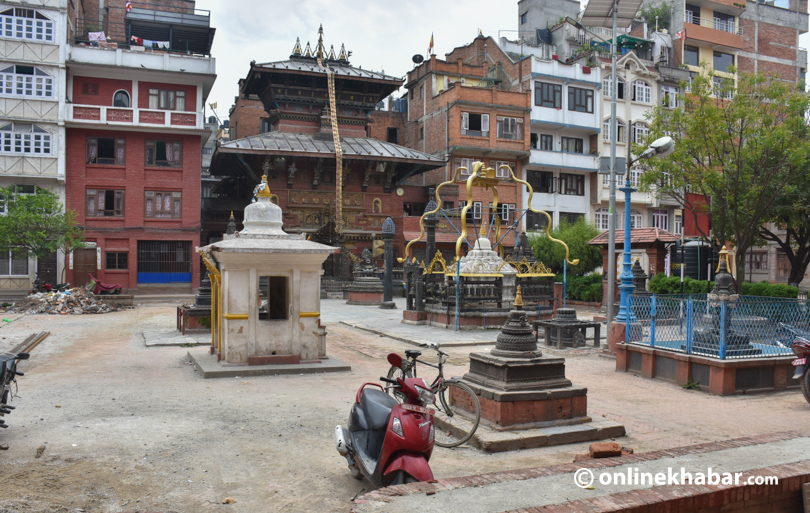
But there are some who are doing their best to make people aware of these bahaas.
One of them is David Ways, a Briton who for the last five years has been vigorously trying to document these places through his website the longest way home.
He feels the cost of maintenance is one the reasons people give up on these shrines. Money required for upkeep of these bahaas is quite large these days as they are usually only supported by the residential communities living there.
He shares an interesting story about his time researching about bahaas, “At Om Bahaa came across one little courtyard with a community shrine that nobody knew much about. I asked the residents about the place but even they didn’t know much as the shrine was there before they moved in. The new residents moved in and didn’t know who the god on the shrine was. No records. So, they just kept it and put their own god there too.”
Why aren’t tourists interested?
Every year, thousands of tourists come to Kathmandu to admire its cultural heritage. But hardly anyone visits these bahaas. The ones that they do visit are popular ones like the Gaa Bahaa and Kwa Bahaa in Patan–mostly because their guides take them there.
“Most guides don’t know about the places they take their guests to. They don’t care about quality information and the ones they do provide are very generic. One feels they are there to make money,” adds Tuladhar.
The reason for this is there’s little information/documentation about bahaa anywhere in Nepal. When a tourist takes a Kathmandu tour the word bahaa changes with the religion or upbringing of the guide. For example, a non-newar guide usually gives a different story about a place than a Newar one.
“The licence is useless from what I hear and anyone can become a tour guide as long as they speak audible English,” adds Tuladhar who feels these guides are taught nothing new and don’t want to learn anything new. This results in the tourist getting confused and has no choice but to move on.
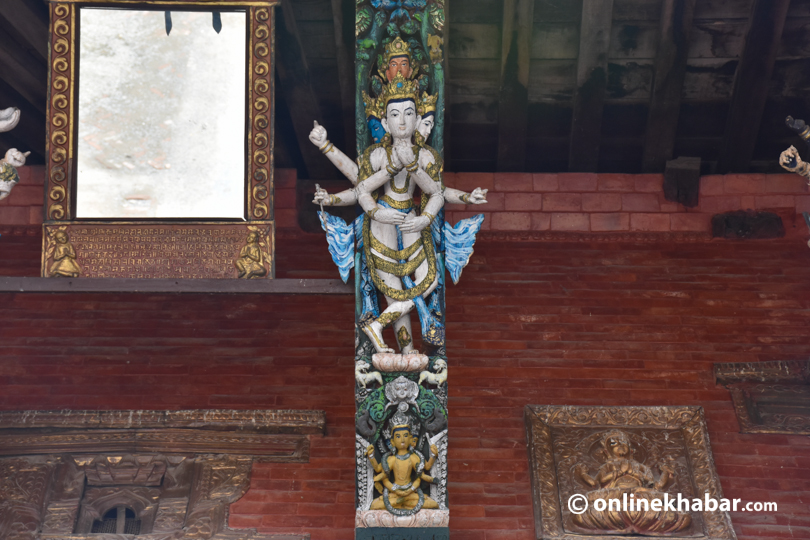
“Training guides in cultural history in Kathmandu is definitely lacking. Guides are also incredibly boring in Kathmandu. Most blast off a series of dates, gods’ names and then try to joke about erotic carvings. It’s all rather unprofessional. So, no wonder bahaas have not caught on with tourists,” adds Ways.
Ways also shares an interesting story about a bahaa which had the opposite problem. “I came across a bahaa in a very popular part of Kathmandu run by a local community who had a really bad experience with a blogger who tried to photograph their courtyard despite their protests that it was private and to leave.”
“Later that week, a tour group appeared. The residents simply wanted privacy. Now big signs have been placed around the courtyard saying this in several languages,” he adds.
“What we need to learn is that this aggressive tour group mentality is only going to close off many bahaas to genuine curious and respectful tourists in the future.” adds Ways.
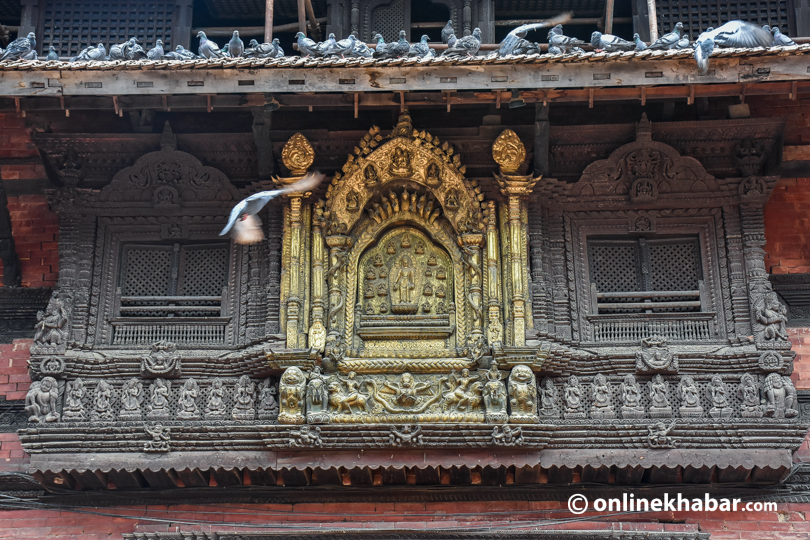
But that won’t end any time soon, shares Ways who feels Nepalis only look at short-term fixes for most things.
“Over the years, I can see profit-conscious travel agencies trying to cash in and suggesting that bahaas take entrance money from tourists,” he adds.
But one can argue that there are better ways to fund bahaas than entrance fees. A better introduction to bahaas both in terms of their past and the present can be provided to the tourists. “It can start simply with this is a monastery which is known as a bahaa in Nepal and they come in many wonderful different shapes and backgrounds,” adds Ways who thinks quality information about these bahaas are scarce.
These monastic complexes were made during the time when Buddhism was flourishing in Nepal. During the era of the Malla and the Lichhavi kings who were proud of their religion and their art. But modernisation had made us drift away from heritage and most young people don’t care about these places.
As a result, these places will find it hard to survive. If the mothers and fathers don’t know about these places, how will the children learn about them?









